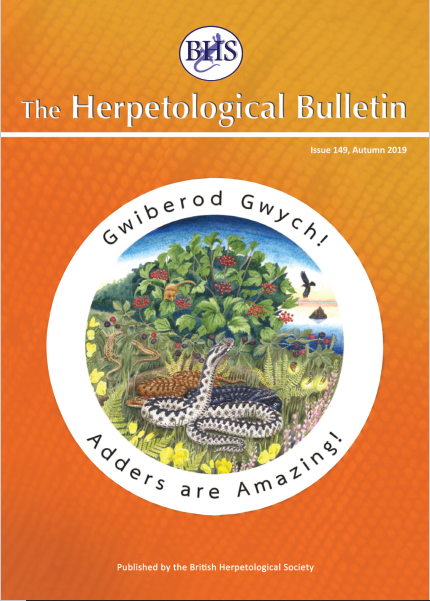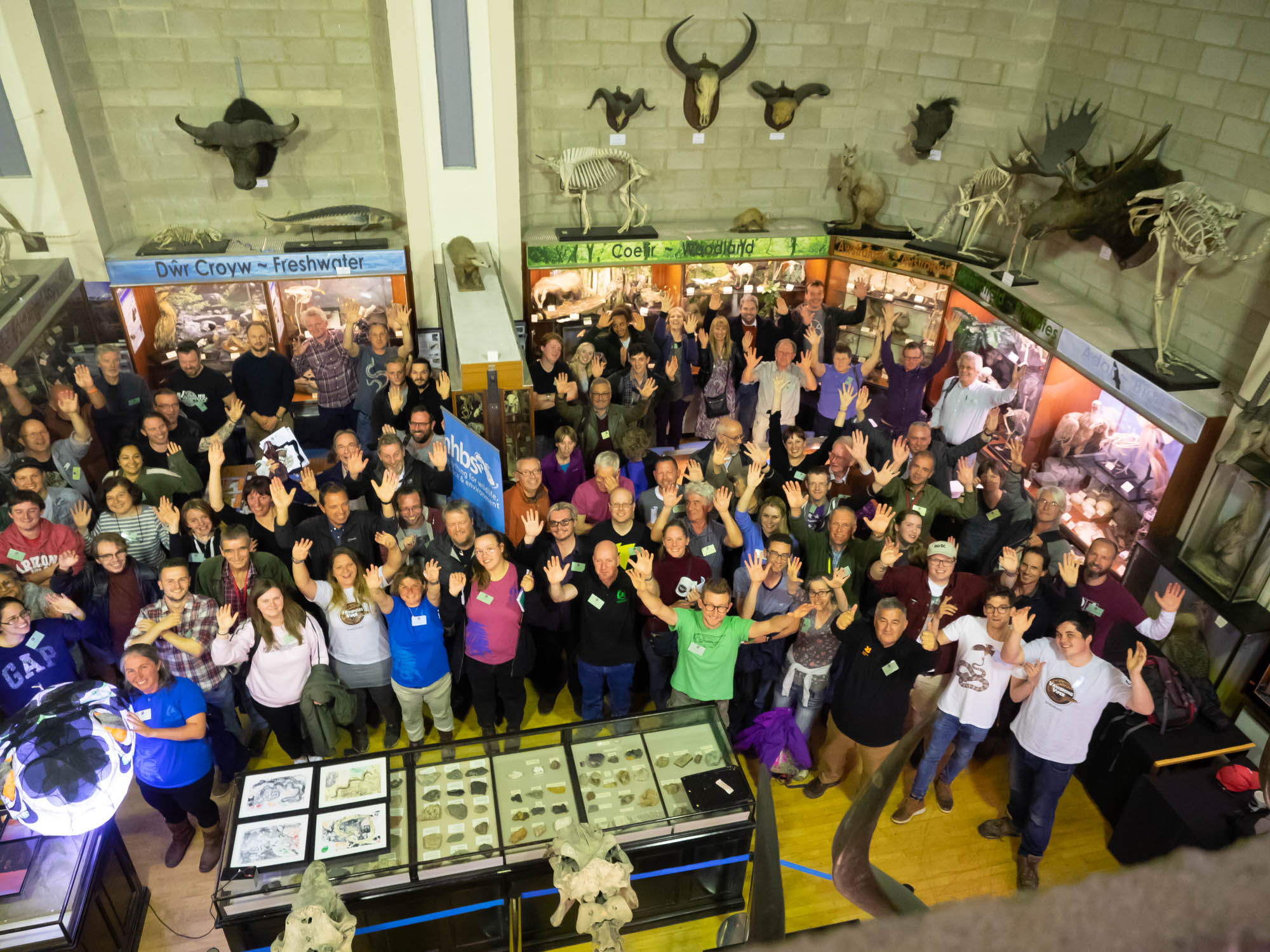pdf
Download the full article here:
(2.60 MB)
Many volunteer adder surveyors are reporting seeing fewer adders (Vipera berus) on study sites, and concerns have been expressed that adder declines may be widespread, and even affecting the sustainability of national adder populations, particularly in England. This pessimistic view, is supported by evidence from ARG UK’s long running spring time emergence study ‘Make the Adder Count’, which suggests that although larger populations (peak count > 10 animals) are relatively stable, small populations are undergoing rapid declines. It was agreed that a national adder meeting, would provide a means whereby adder workers from a range of backgrounds and disciplines could come together, to discuss their experiences; review the evidence presented by researchers, landowners, surveyors and statutory bodies; and determine whether there is indeed cause for concern. This has led to a series of national adder meetings, hosted by different groups from the ARG UK network, with support from ARG UK and Amphibian and Reptile Conservation (ARC).
In November 2011, the Kent Reptile and Amphibian Group (KRAG) organised the first national adder-focused meeting in Kent. With over 100 delegates, the meeting passed a unanimous motion stating that “The adder is in more urgent need of new conservation efforts than any other reptile or amphibian species in Britain”, and a subsequent statistical study by Gleed-Owen & Langham (2012) suggests that declines of this species may have been by as much as 39% since the 1980s.
In 2016, a second national meeting ‘Vanishing Viper: Priorities for adder conservation’ was organised by the Reptile and Amphibian Group of Somerset (RAGS) with ARG UK and Amphibian and Reptile Conservation (ARC). VV 2016 brought together 150 conservationists who reviewed the evidence of researchers, landowners and statutory bodies to clarify the options for adder conservation. A consensus from all the issues raised was achieved at the meeting using a mind-mapping process, which was refined through a Delphi style analysis to provide a logical starting point to develop a shared understanding of the conservation concerns.
In June 2019, herpetologists and land-managers met at Bangor University in North Wales for a third meeting co-organised by the North West Wales Amphibian and Reptile Group (NWWARG), Bangor University Herpetological Society and ARG UK, to consider adder conservation in a European context. ‘Vanishing Viper 2019: A European approach to developing an adder conservation strategy’ (VV 2019) welcomed 110 participants from Great Britain and elsewhere in Europe (Belgium, France, Germany, Sweden, Switzerland and The Netherlands). The meeting was introduced by a video message of support recorded by Welsh celebrity naturalist Iolo Williams (9.94 MB) , and by a parade through the auditorium of ‘Gwiber’ the giant paper adder created by school children in Wales with artist Emily Laurens, as part of the ‘Adders are Amazing!’ Project (see picture below). The pdf programme (326 KB) and pdf abstracts (477 KB) of this meeting can be downloaded here.
For those not able to join us, Angela Julian (ARG UK) and Rick Hodges (KRAG) have compiled a report 'The Vanishing Viper: themes from a meeting to consider better conservation of Vipera berus' which is now published in the British Herpetological Society's quarterly publication, 'The Herpetological Bulletin'. This provides an overview of the presentations and consolidates the subsequent discussions and e-mail exchanges between conference participants, speakers and other adder workers, with the intention of stimulating greater efforts for adder conservation.
pdf Download the full article here (2.60 MB)
Citation: Julian A. & Hodges R, (2019) The Vanishing Viper: themes from a meeting to consider better conservation of Vipera berus. The Herpetological Bulletin 149, 2019: 1-10
Meeting kindly supported by:

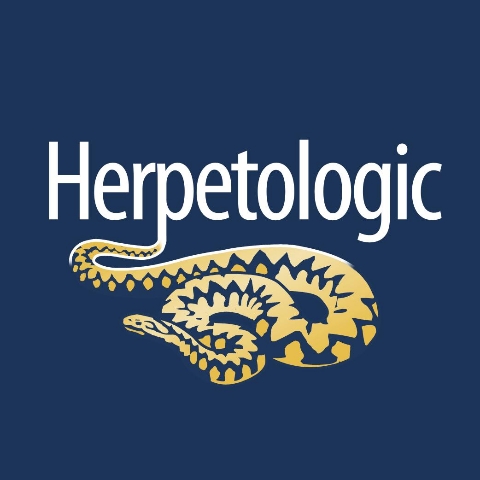
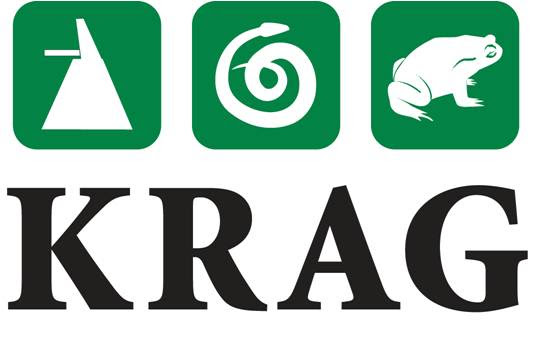

![]()
![]()
![]()

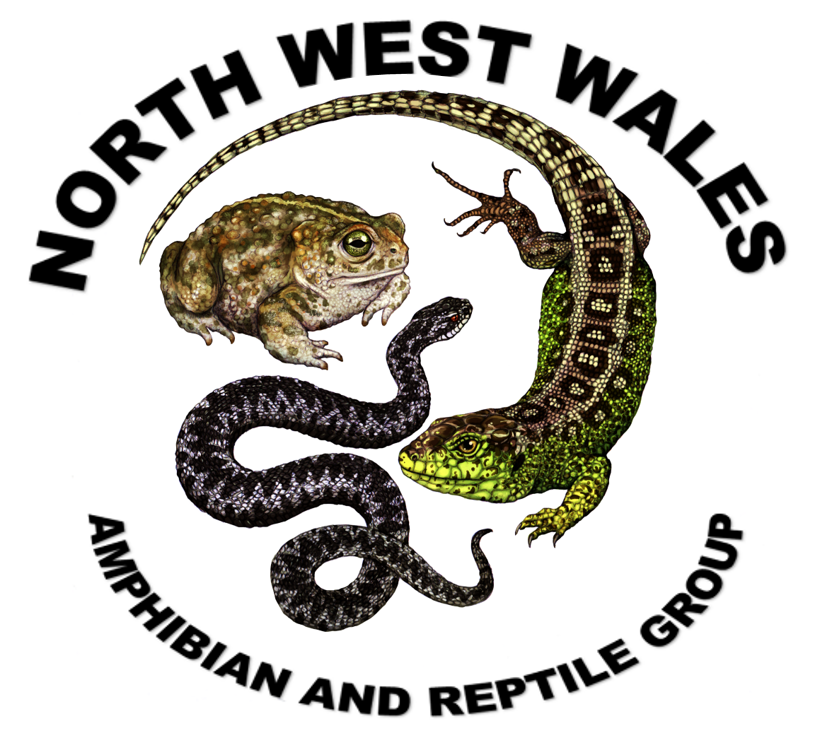
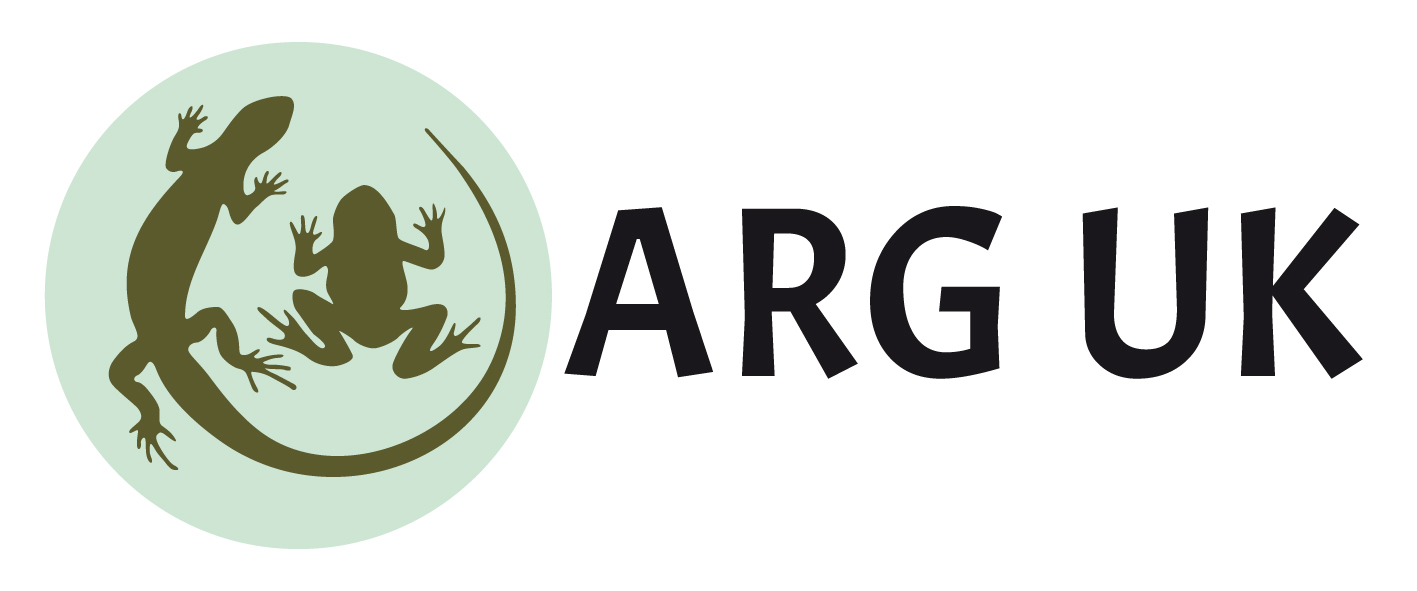
References:
Baker, Suckling & Carey (2004). Status of the Adder (Vipera berus) and Slow-worm (Anguis fragilis) in England. English Nature Research Report 546, Peterborough.
Cooke, A.S. & Scorgie, H.R.A. (1983). The status of the commoner amphibians and reptiles in Britain. Focus on Nature Conservation, No. 3.
Gleed-Owen, C. & Langham, S. (2012). The Adder Status Project: A conservation condition assessment of the adder (Vipera berus) in England, with recommendations for future monitoring and conservation policy. Report to Amphibian and Reptile Conservation. ARC, Bournemouth, UK. 78 pp.
Hilton-Brown, D. & Oldham, R.S. (1993). The status of the widespread amphibians and reptiles in Britain, 1990, and changes during the 1980s. Focus on Nature Conservation, No. 131
Julian A. & Hodges R, (2019) The Vanishing Viper: themes from a meeting to consider better conservation of Vipera berus. The Herpetological Bulletin 149, 2019: 1-10

